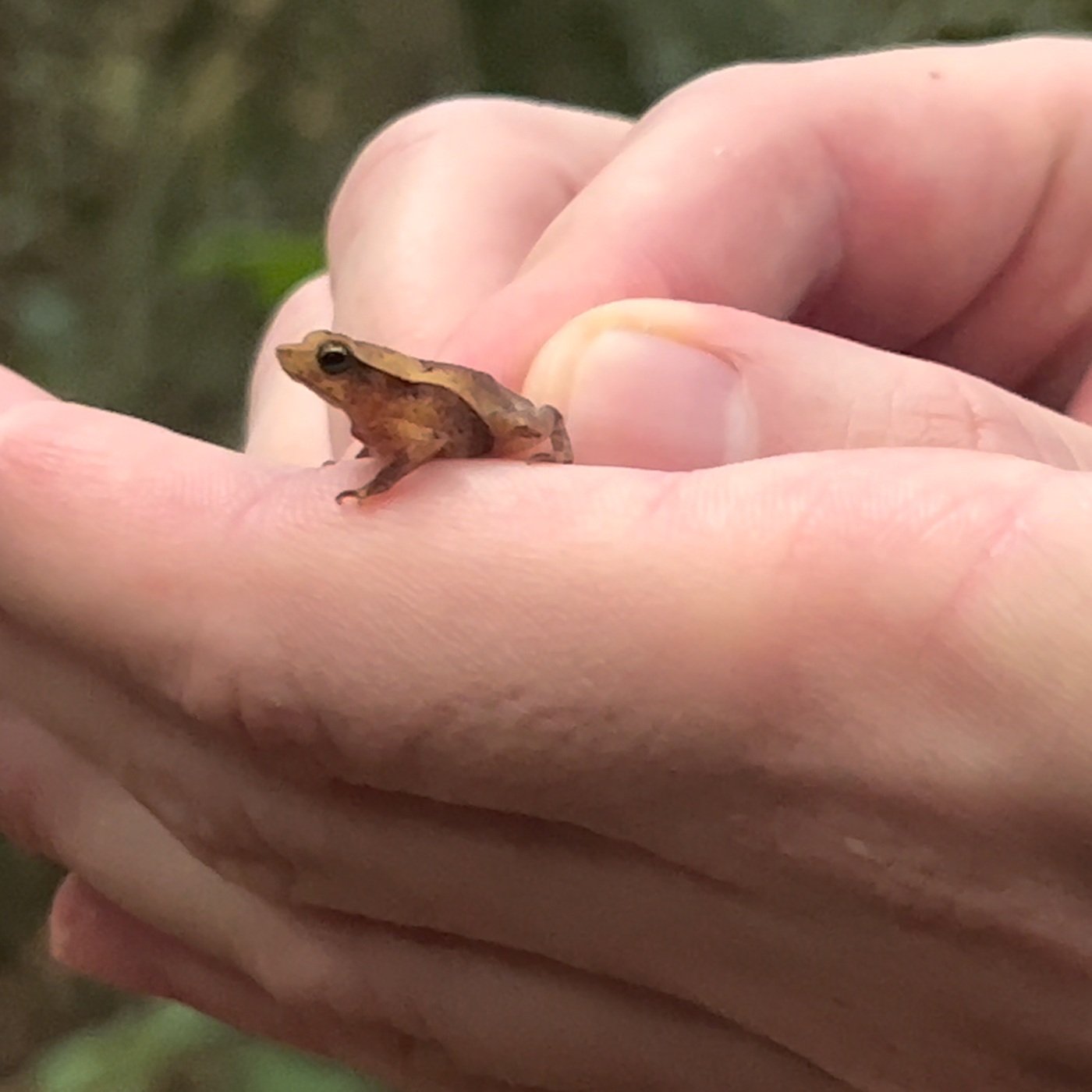The title of Renata’s talk was “Natural Food from the Forest.” She explained that the forest offers a great variety of smells and tastes. We were asked to guess how many species of plants there were. Answer: over 300,000 species have been officially identified. Of those, 30% are edible. 150 can be found in the market. But most people eat only about 30 species. When you think of how people existed early on without supermarkets, and how they maintained their energy, I might think of rice and beans. But in the Amazon, the typical diet has always been much more diverse. Manioc is the staple protein source, rather than rice and beans. There are over 150 different species of this root, and many products come from it—including soups, flours, and tapioca.














